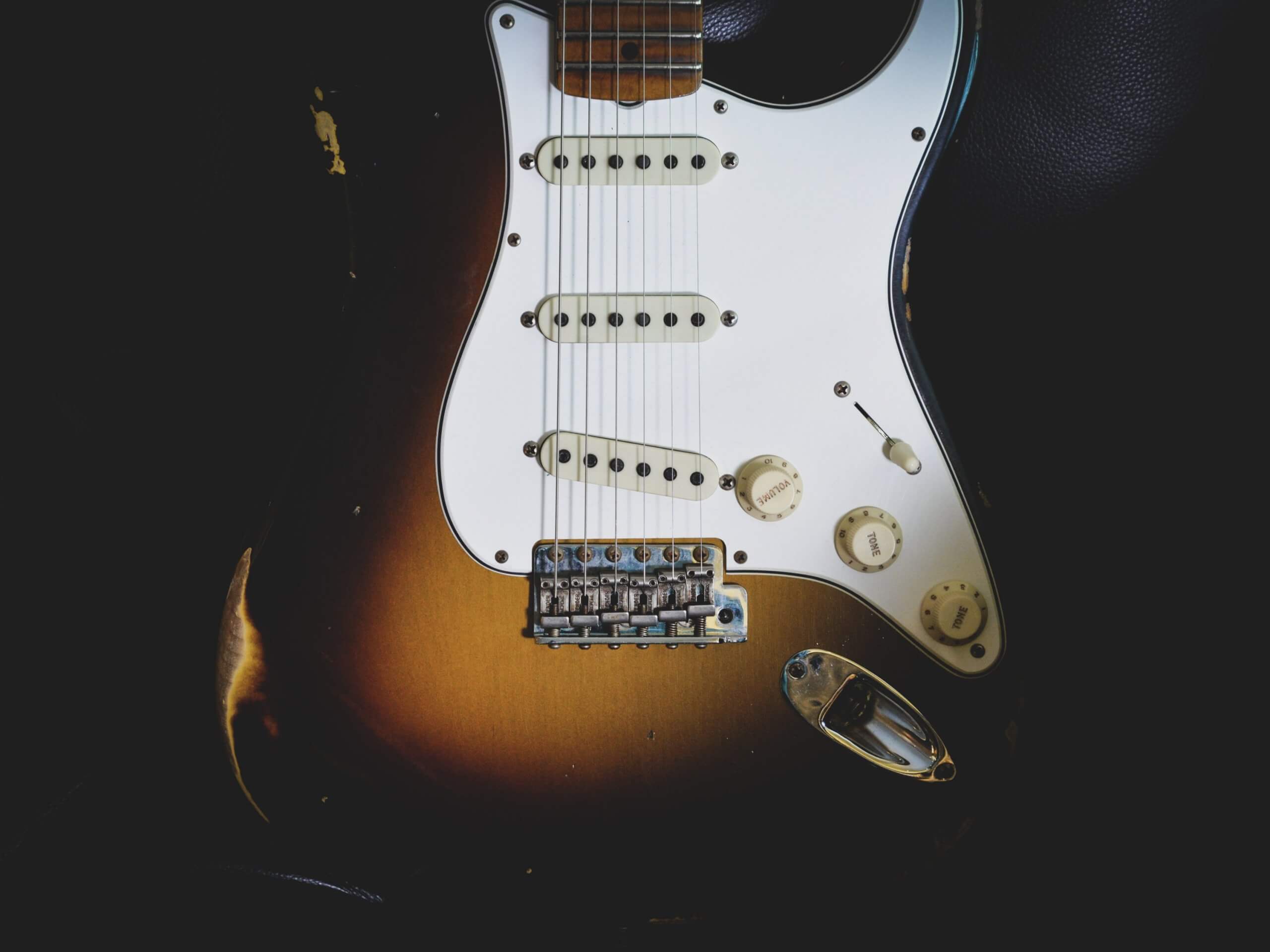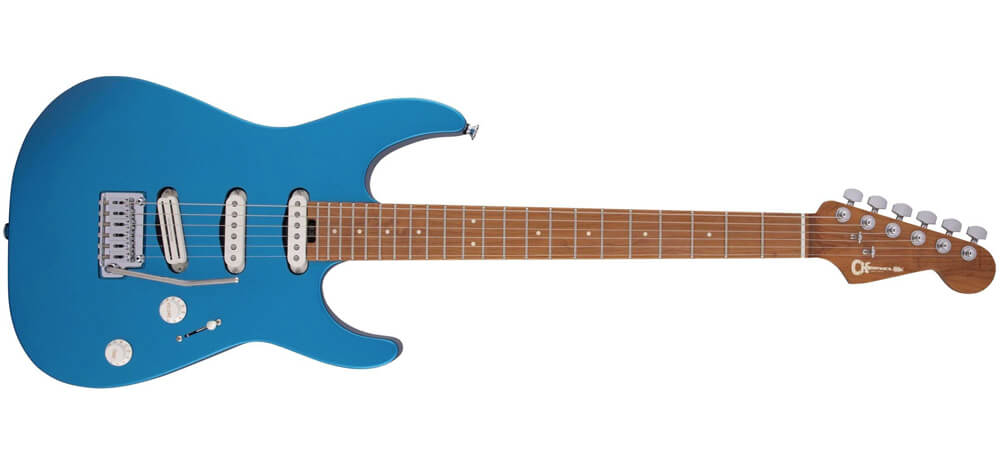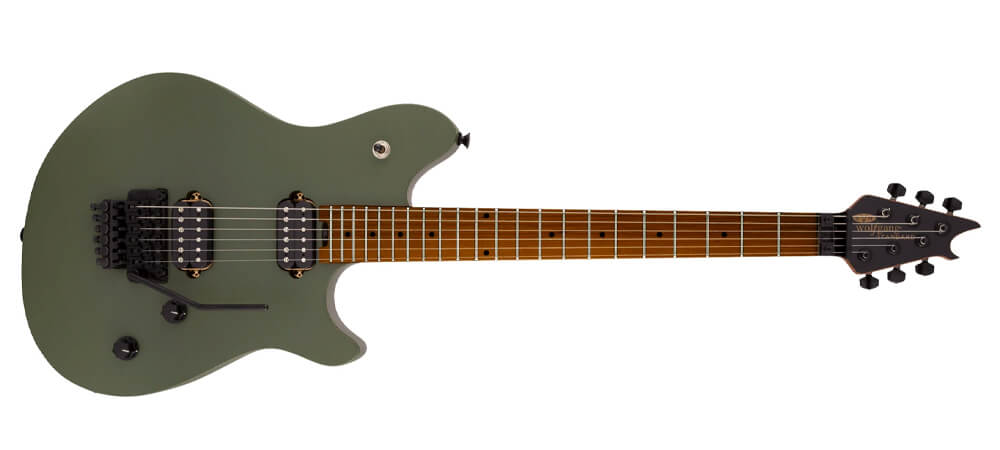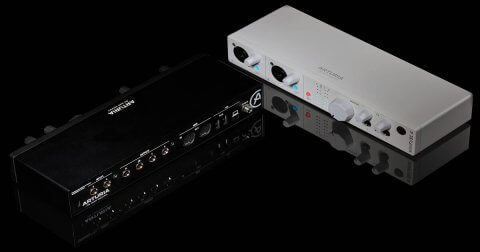You’ve heard us wax lyrical about fixed bridges last time. They are great for their rock solid tuning stability, but what if you’re looking for something more than just plain vanilla? This time we’re spicing things up by looking at the progenitor of all guitar pitch-pulling and dive bombing antics – floating bridges.
The Buoyant Bridges
Floating bridges have the ability to “float” freely without being permanently affixed to a certain position. These kinds of bridges usually have a lever and fulcrum mechanism that grants the bridge the ability to pivot. This gives players a way to achieve the pitch fluctuations and wails we hear on records like Van Halen’s “Eruption” and Hendrix’s “Machine Gun”.
Floating bridges are more commonly referred to as tremolo bridges – you can thank Leo Fender for that. But you’ll hear the term whammy bar, vibrato bridges as well.
The first documented floating bridges were found on jazzboxes made in the 1920s. From then on out, there’s been a whole host of modifications and changes that lead to the bridges we will be talking about today.
Bigsby Vibrato Tailpiece
Introduced way back in the late 1940s, the Bigsby is one of the most successful mechanical vibrato bridges invented for the electric guitar. You’ll most commonly see them, even today, on guitars like Gretsch and is a popular modification on Telecasters too. Many greats such as Merle Travis, Chet Atkins and Brian Setzer made use of the Bigsby tailpiece as part of their signature sounds.

The Bigsby system is a mounted tailpiece – anchored to the tail end of the guitar with screws. Pressing down on the Bigsby’s bar slackens the strings, producing a dip in pitch. Springs mounted between the vibrato arm and the unit’s base bring the roller bar back to position, and keeps the strings in tune after.

The Bigsby system has a very simple restringing process – similar to that of the wraparound bridge. Beginners usually find the simplicity of the Bigsby vibrato makes it a floating system that beginners can get along with. Pro tip: use a capo when restringing!

Bigsby systems have a fairly limited pitch manipulation range, so you won’t be hearing whammy-happy and get extreme dive bombs out of them. What they do have is a silky, smooth action that performs well in getting a subtle and lush flutters from the early 50s. In short, the Bigsby vibrato is a great option for guitarists to add subtle bends and warbles to embellish their playing style.

Synchronised Tremolo

The next major development in the advancement of floating bridges came in the mid-50s. Leo Fender’s synchronised tremolo was the first true floating bridge – appearing alongside the iconic Stratocaster in its debut.

While the synchronised tremolo looks similar to a hardtail bridge, a closer look will show the incorporation of springs within the back cavity of the guitar. These springs apply tension and allow the bridge to stay in a state of equilibrium when the tremolo is not in use. We say equilibrium because the synchronised tremolo bridge can be set flush against the body (similar to a hardtail) or in a state that allows for both the raising and lowering of pitch.

The synchronised tremolo gets its name as its saddle and strings are designed to move in in a “synchronised” manner. This innovation goes a long way to eliminate string friction with the saddles – helping the strings stay stable and in tune.

In terms of design, the tailpiece is made out of a singular piece of metal with holes in the top to allow the strings to go through. Similar to a hardtail, restringing is a straightforward process with strings going through the back end, and coming out through the top.

Built on the shoulders of the Bigsby system, the synchronised tremolo has made many improvements in the pitch range and durability department. A large proportion of floating bridge designs that have come out since have used the synchronised tremolo as their base – highlighting how influential the first trem system has been to the guitar-verse.

The synchronised tremolo is relatively easy to maintain on a guitar, and they’ll reward you with a plethora of musical possibilities as compared to hardtail equipped guitars.

Locking Tremolo
From Van Halen to Vai, the sound of wailing guitar has been a staple in heavy guitar music for as long back as the 80s. It’s no lie to say that without the locking tremolo, guitar music that we know today would not be the same.

The first locking tremolo system was developed by Floyd D. Rose way back in 1979. As with the synchronised tremolo, it operates on a spring loaded fulcrum design. Floyd Rose made a number of modifications. In order to deal with some of the tuning stability issues from excessive whammy actions of the day.

These more modern tremolos use a locking nut to hold the strings in position at the nut so that string slippages are minimised – allowing the strings to come back into tune once the tremolo arm is released. The locking tremolo also has deeper routes into the body – a large reason why its pitch manipulation capabilities are a lot more potent than its predecessors. We’re speaking about raising and lowering the pitch by octaves and not semitones!

While single locking tremolos are often stable enough, certain players who require extra assurances prefer the double locking variant. These double-locking systems employ small thumbscrews behind each bridge saddle to lock each string in place. This is done to prevent the ball ends of the strings from sliding out the back of the bridge when the tension is released from the tremolo bar.

Restringing and setting up a guitar with a locking tremolo can be a bit of a doozy. Although there are many more steps involved, a little bit of effort learning and understanding how these devices work goes a long way. Or, you could always send your guitar to a qualified tech to get it properly set up. Once you’ve got it all set up, the locking tremolo is one of the greatest tools to push the playing limits of the electric guitar.
What is the best bridge?
Now that you’ve seen all the more common fixed and floating bridge varieties, what’s the best option? As you’ve probably guessed from reading through this, there isn’t one bridge to rule them all. The choice comes down to preference and your goals for whatever music that you want to play.
If bending and double stops are your style, you’d probably be more at home with a fixed bridge. Alternatively, if divebombs and warbles are more your cup of tea, then getting a floating bridge would make sense. The simplest way to determine the ideal bridge for you is to try out as many as possible and see how you gel with them. You just simply have to weigh up the ease of use of a fixed bridge against the creative possibilities you can get from a floating bridge.
Head down to your nearest Swee Lee store, and our friendly staff members will be more than happy to guide you along with your guitar purchases. If you want to shop in the comfort and safety of your home, you can also check out the full range of guitars on our online store.



